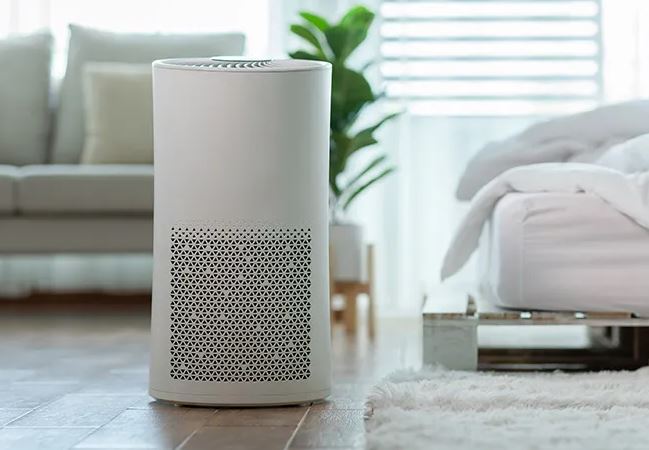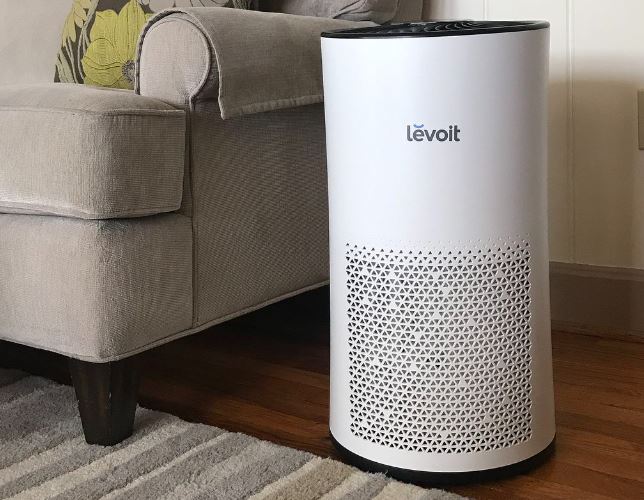In an era of heightened health awareness, the air quality indoors and out has taken center stage for many people. With increasing environmental pollution and a greater awareness of the impacts of indoor air quality on our health, it's no surprise that the demand for air purifiers is on the rise.
Air purifiers are appliances that clean the air of pollutants in a space, promoting healthier indoor air. They are ideal for people with allergies, asthma, or other respiratory issues as they can significantly reduce the presence of allergens, pollutants, and irritants in the air. Even healthy individuals can benefit from air purifiers, as they offer peace of mind and an extra layer of protection against airborne illnesses.
This article will dive deep into the fascinating realm of air purifiers, examining their advantages, the variety of options on the market, key considerations when making a purchasing decision, and maximizing your air purifier's potential. By the end, you should have a thorough grasp of air purifiers and be able to make an informed decision about whether investing in one is the smart move for your household.

Decoding Air Pollutants and Their Effects on Well-being
To grasp the importance of air purification, it's key to comprehending the kinds of pollutants they target and the likely impact of contact with these pollutants.
Indoor air pollutants can be broadly grouped into three primary types:
- Airborne Particles: This includes solid and liquid droplets present in the air. Examples include pollen, smoke, dust, pet dander, and mold spores, to name a few. Particulate matter can lead to respiratory complications and set off allergic responses.
- VOCs: A Concern for Indoor Air: VOCs are gaseous compounds released from solids and liquids. Sources of VOCs include cleaning agents, paints, aerosol sprays, pesticides, and similar products. Exposure to VOCs can lead to irritation of the eyes, nose, and throat, as well as headaches and nausea.
- Biological Contaminants: These include bacteria, viruses, mold, and mildew. They can cause a spectrum of health concerns, from mild allergic reactions to severe infections.
The effects of these pollutants on human health can greatly vary. For people with respiratory issues or a vulnerable immune system, exposure to indoor air pollutants can lead to severe complications. Even those in good health, prolonged exposure over time to certain pollutants can contribute to the development of respiratory issues and other health problems over time.

The Science Behind Air Purifiers
Air purifiers use a variety of physical and chemical processes to trap and eliminate airborne pollutants. Understanding the fundamental processes employed by purifiers will help you understand their efficiency and the different types available on the market.
Here are the key processes and technologies used in air purifiers:
- Mechanical Filtration: This is the most common method used in air purifiers. It involves using specialized filters to capture particles as air is forced through the purifier. The filter composition can differ, each designed to target specific particle sizes and types. For example:
- Initial Defense: Pre-filters: These are usually the first line of defense, catching larger particles like dust and hair.
- HEPA (High-Efficiency Particulate Air) filters: HEPA filters are remarkably proficient at capturing microscopic particles, including pollen, dust mites, and some bacteria and viruses. To be labeled a genuine HEPA filter, it must trap a minimum of 99.97% of particles down to 0.3 microns in size.
- carbon or charcoal filters: These filters are designed to reduce VOCs and odors.
- Ionizers: Ionizers use charged particles to create negatively charged ions, which latch onto airborne particles. The charged particles then stick to nearby surfaces or are attracted back to the purifier.
- Ozone's Double-Edged Sword: Some air purifiers use ozone, a powerful oxidant, to break down pollutants. While effective, excessive ozone exposure carries risks so these types of purifiers should be used with moderation and in well-ventilated areas.
- Ultraviolet (UV) Light: UV light can be used to effectively eliminate bacteria, viruses, and mold. UV light is often used in combination with a filter to eliminate particles, while UV light ensures any remaining biological contaminants are destroyed.
The Ultimate Air Purifier Guide
With a plethora of options available, selecting the right air purifier can be a challenging endeavor. It's important to consider a range of criteria to ensure you make the best decision for your specific needs and space.
Here are some key considerations:
- Room Size: Air purifiers are typically rated according to room size, so it's important to choose a model that can effectively handle the square footage of the room. Most purifiers will list a maximum room size or a Clean Air Delivery Rate (CADR), which indicates the volume of filtered air delivered per minute.
- Understanding Contaminants: Identify the types of pollutants you want to target. If you suffer from allergies, look for a purifier with a true HEPA filter. For reducing unwanted smells, consider a model with a carbon-based filter. If you're concerned about viral and bacterial threats, a purifier with UV-C light might be best.
- Noise Level: Air purifiers can produce varying levels of noise, so if you plan to use it in a serene environment, look for models with a quiet mode for undisturbed rest.
- Long-term Considerations: Consider the long-term expenses and upkeep of the purifier. HEPA filters generally require replacement every 6 to 12 months, depending on use and environmental factors. Factor in the cost of replacement filters when making your choice.
- Enhancing Your Experience: Many purifiers offer intelligent features like automatic modes, air quality monitoring, and wireless control, allowing remote control and monitoring. These features can make your purifier more user-friendly and efficient.
Optimizing Performance of Your Air Purifier
Once you've chosen and set up your air purifier, there are several things you can do to ensure it operates at maximum efficiency and delivers the greatest advantages:
- Strategic Positioning: Position your purifier in an unobstructed area, avoiding walls and furniture, to ensure effective airflow. Avoid placing it near open windows or doorways as drafts can impact its efficiency.
- Consistent Use: For the best results, it's recommended to run your purifier regularly. Many models have energy-saving features or smart modes that respond to air quality changes, so you can maintain clean air without running up a huge energy bill.
- Filter Maintenance: Regularly check and replace filters as recommended by the manufacturer. Over time, filters become saturated with particles, affecting efficiency. Mark the date of replacement on your calendar so you don't forget.
- Reducing Indoor Contaminants: Alongside using an air purifier, take steps to minimize indoor air pollutants. This could include frequent dusting and vacuuming, opting for natural cleaning solutions, and reducing chemical or aerosol usage.
Comments on “Neutralizing Smoke and Odors: Air Purifiers for a Fresh-Smelling Home”